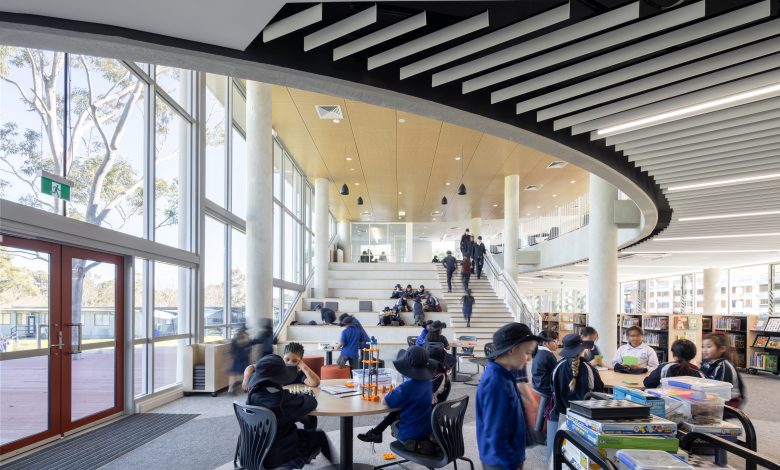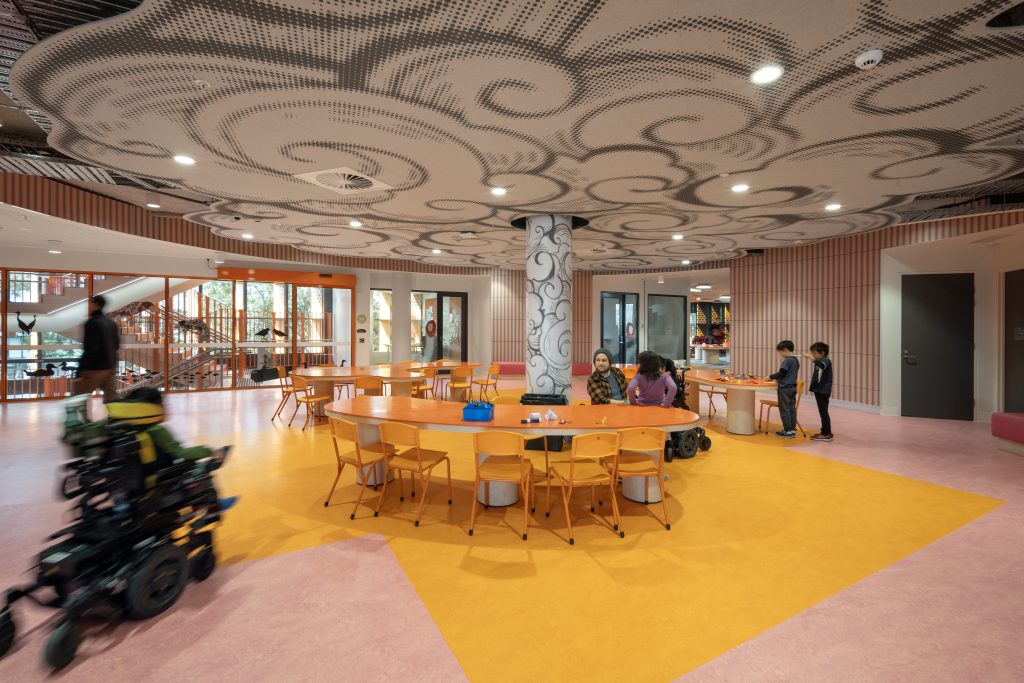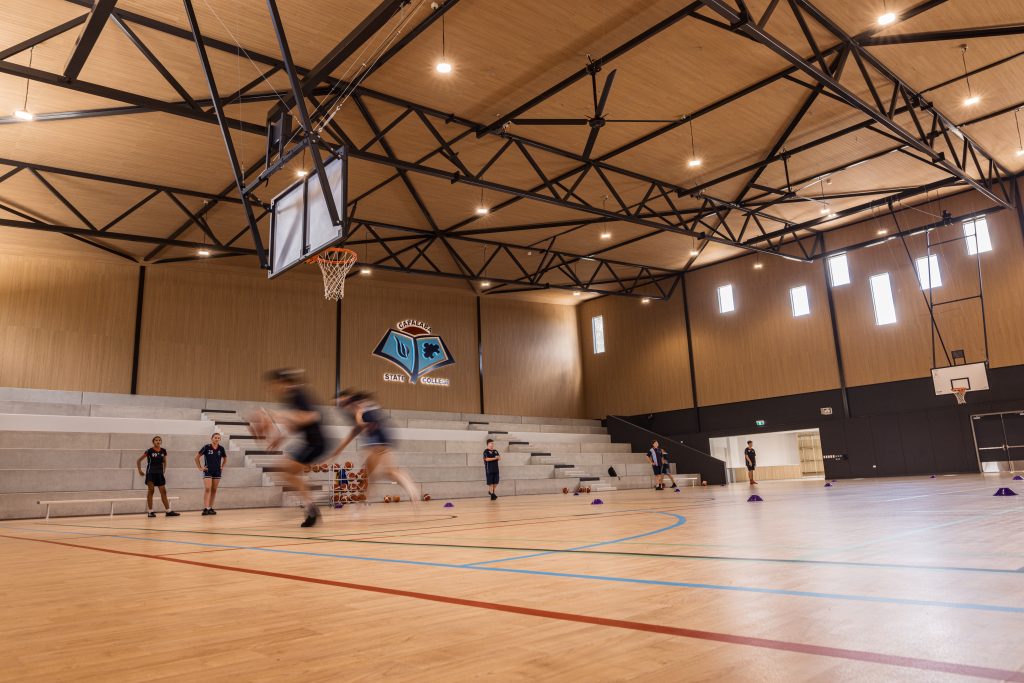
At its core, teaching and learning is about communication. How we transmit and receive information is crucial to learning, which means acoustics is one of the most important qualities in a classroom as it fundamentally affects how speaking and listening occurs.
In a classroom with poor acoustics, students can become distracted by extraneous noise, and find it hard to listen to instructions or understand speech. This detriments learning for obvious reasons, making it harder for students to focus and stay engaged. Additionally, poor acoustics can quickly become an inclusivity issue, as neurodiverse students who rely on verbal communication to process information are left behind, and students who are hard-of-hearing are further excluded from class.
Read the latest print edition of School News HERE
Rob Jones, Technical and Development Manager at Autex Acoustics said balanced acoustics in learning spaces are vital for creating environments where students and teachers can thrive. “Key considerations include understanding the specific needs of the space, such as speech clarity, noise control, and flexibility for different activities. Acoustics must address noise reverberation, absorb sound effectively, and enhance the overall soundscape without compromising aesthetics.”
Classrooms that are too loud and disruptive can overstimulate and stress children, increasing unwanted behaviours like irritability and aggression, according to WHO. This means poor acoustics can contribute to wider wellbeing issues for children. Younger children are especially sensitive to acoustic environments.
Aside from the wellbeing of children, classroom acoustics also affect teachers, who can strain their voice when speaking as they need to be louder to be heard. With noisy or echoing classrooms, people speaking over one another creates a gradually louder environment which can be hard to control.
Given these factors, improving classroom acoustics could be one way to quickly improve teaching and learning quality in schools.
Acoustics are generally measured by reverberation times. This is defined by the length of time a noise takes to fade to 60 dB after its source stops. A higher reverberation time means poor intelligibility and more background noise.
To shorten reverberation times, classrooms can be fitted with sound-absorbing materials like soft furnishings, carpet, acoustic wall panels, or ceiling tiles. Improving insulation like double-glazed windows can also help to mitigate outside noise while improving energy efficiency and temperature control.

These solutions can also be implemented in larger spaces like sports halls and auditoriums, which often have poor sound quality by design. Hardwood floors or sport-grip surfaces are usually hard and durable but increase reverberation times and create a noisy, echoing environment. Installing ceiling and wall acoustic panels can help to reduce background noise by as much as 90 percent.
“Improving acoustics in large spaces like gyms and auditoriums requires addressing challenges such as excessive reverberation, echo, and poor sound clarity,” Mr Jones said. “These spaces often feature hard, reflective surfaces, which amplify noise and hinder speech intelligibility. Effective measures include incorporating high-performance acoustic treatments on walls, ceilings, and even structural elements.
“By investing in tailored acoustic solutions, schools can transform their gymnasiums into multipurpose spaces making them suitable for events, performances, and sports through promoting clarity, functionality, and overall acoustic balance.”

Rooms with high ceilings or large areas may benefit from sound banners and heavy curtains on walls and windows. Retrofitting gymnasiums and halls can vastly improve sound quality, helping to keep students focused during assembly, and creating a better experience for performances, presentations and events.
Schools that are expanding should consider acoustics when undertaking new builds. An upfront investment in proper sound insulation can increase the useability of a space, and save additional costs in future.
Schools should also consider the initial positioning of new buildings—are they close to roads or existing classrooms? Careful thought over building materials may also improve sound quality without compromising on aesthetic. Incorporating soft elements into the design such as carpeting or wall-linings could potentially improve acoustic performance.
“Optimising acoustics during the design phase of learning spaces ensures a foundation for effective teaching and learning. Early design integration ensures seamless application, avoiding costly retrofitting later,” Mr Jones said.
“Schools should first consider the purpose and activities of each space—classrooms, libraries, auditoriums, and collaborative zones all have distinct acoustic requirements. Key factors include controlling reverberation, minimising noise transfer between spaces, and enhancing speech intelligibility. Collaborating with acoustic consultants during planning can identify potential challenges and tailor solutions.”







